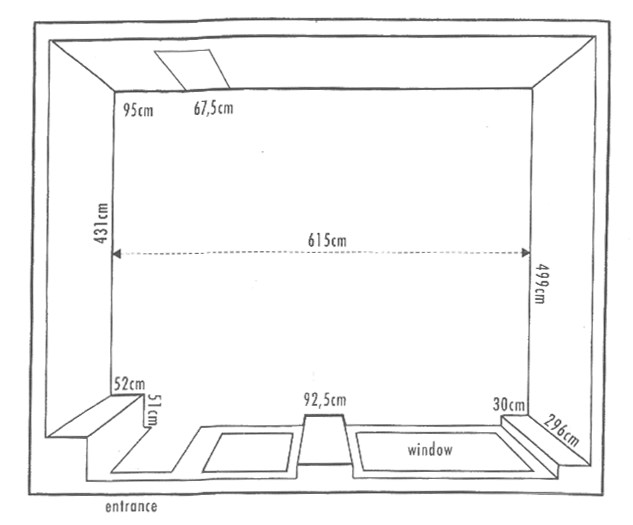The Liget Gallery opened its doors in 1983, during a period of clashes between official and nonofficial art and the struggle of the latter against the cultural and political doctrines of the system (which was beginning to falter and become less imposing), when spearhead civil information networks also functioned as receptive agents of contemporary culture. The founder was the Zugló Cultural House (today called Cserepesház, and under the oversight of to the district council).
The parent institution secured independence in program planning for Tibor Várnagy, the appointed artistic director, which made it possible for Várnagy to design an ambitious exhibition program focused on regional connections (which at the time were minimal), tendencies, and new genres. The gallery implemented its optimistic program based on a vision of a collective utopia and according to a partisan strategy: using legal channels, they invited artists and arranged travelling exhibitions that were almost self-funding.
Because the gallery worked together with artists from abroad, there were many photo exhibitions, since exhibitions of paintings and other artefacts would have involved a complicated customs duty process, while photographs and videos were not considered artworks from the customs point of view.
Thus, the gallery was able to bring exhibitions from abroad to Hungary, and it could present works with a degree of flexibility. Photography proved a good medium, since there were concept art, performance, land art, and other genres in which artists were quite active at the time, and as media, photography and video were able to capture this. Thus, the number of photography exhibitions increased, though Liget was not technically a photo gallery.
When Liget began to invite foreign artists, the artistic director tried to determine what kinds of permissions they would need. As he explained in the interview, he was advised privately by one of the officers of the Budapest Gallery, who told him that the easiest thing would be to declare that the works on show were part of a private collection belonging to him or a friend of his, so when arranging shows of works by foreign artists, the dealt with some of the administrative complications by adopting this strategy.
Since the gallery was an official exhibition space, all exhibitions had to be juried. The jury always composed a report, in which all the works on exhibit had to be listed (title, media, size, year in which it was made). The system was flexible, since they could make suggestions to the responsible organization (Budapest Gallery) concerning whom to ask to serve as a member of the jury.
Sometimes individual artworks were omitted from the list (for example the politically motivated work of the Inconnu group), though the work in question was still put on display. The show with many participants, so the organizers were confident that if someone came in and looked at the works, he or she would not realize anything in particular was missing, given the quantity of the works and the method in which they were put on display.
On the other hand, the jury reports protected the gallery employees as well. Gallery staff could always use the reports to prove to party authorities that the exhibition had the approval of a professional committee.
The first gallery almanac was issued in only 5-10 copies, and unofficially. Later, in the 1990s, some printed catalogues also were published in larger numbers (1,000 copies), but the archive obtained its final format around 2000 through its website.

